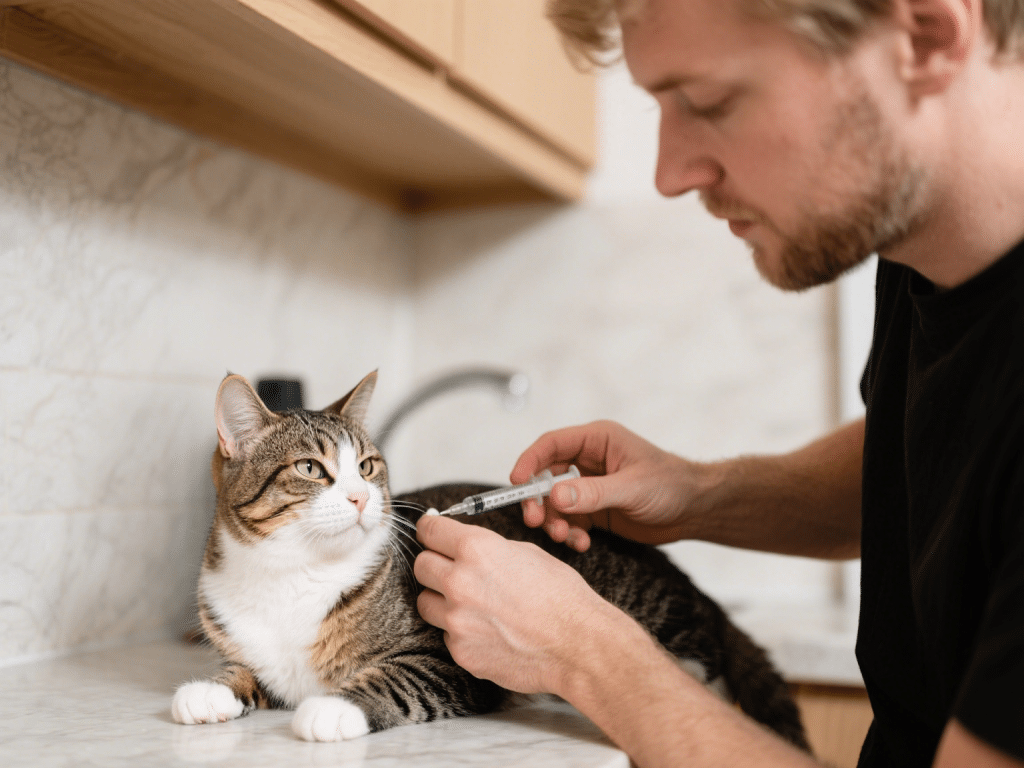Understanding and Managing Feline Diabetes: A Comprehensive Care Plan

Feline diabetes affects up to 1 in 100 cats, leading to excessive thirst, weight loss, and lethargy. Proper management hinges on consistent insulin administration, dietary control, and vigilant monitoring. I’m Dr. Olivia Martinez, a board-certified veterinary internist, here to equip you with a structured care plan to help your diabetic cat enjoy a comfortable, stable life.
1. Recognizing the Signs
Polyuria & Polydipsia: Notable increase in urination and water consumption.
Weight Loss with Increased Appetite: A cardinal sign due to impaired glucose utilization.
Lethargy & Muscle Wasting: Resulting from energy deficits.
2. Diagnostic Confirmation
Blood Glucose Curve: Serial measurements every 2–4 hours post-insulin to tailor dosing.
Fructosamine Test: Reflects average glucose over preceding 2–3 weeks.
3. Insulin Therapy
Types of Insulin: Lente or glargine often preferred for cats.
Dosing Protocol: Start at 1–2 U per cat twice daily; adjust by 0.5 U increments based on curves.
Injection Technique: Rotate sites—scruff, flank—use fine‐gauge needles for minimal discomfort.
4. Dietary Management
Low-Carbohydrate Diets: Canned foods with <6% carbs on a dry matter basis stabilize glucose peaks.
Consistent Feeding Schedule: Meals timed to insulin peaks (within 15 minutes pre-injection) optimize glycemic control.
5. Home Monitoring
Blood Glucose Checks: Use veterinary glucometer with paw or ear prick; record readings in a logbook.
Clinical Signs Tracking: Monitor appetite, thirst, and weight weekly; report anomalies promptly.
6. Complication Prevention
Hypoglycemia: Emergency feeding of honey or corn syrup if tremors or collapse occur.
Infection Control: Keep injection sites clean to avoid abscess formation.
7. Long-Term Goals
Remission Potential: Up to 50% of cats on low-carb diets can achieve remission in 3–6 months.
Regular Rechecks: Every 3–6 months to assess for remission and adjust insulin needs.
Conclusion
With a disciplined regimen—precise insulin dosing, low-carb nutrition, and diligent monitoring—feline diabetes can be managed effectively. Partner with your veterinary team, stay observant at home, and celebrate each milestone toward remission and stable health.

Comments on "Understanding and Managing Feline Diabetes: A Comprehensive Care Plan" :